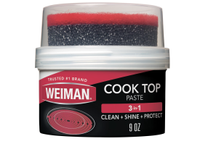How to protect your induction cooktop — 7 mistakes you should stop making
Keep your cooktop pristine by avoiding these cleaning and cooking mistakes
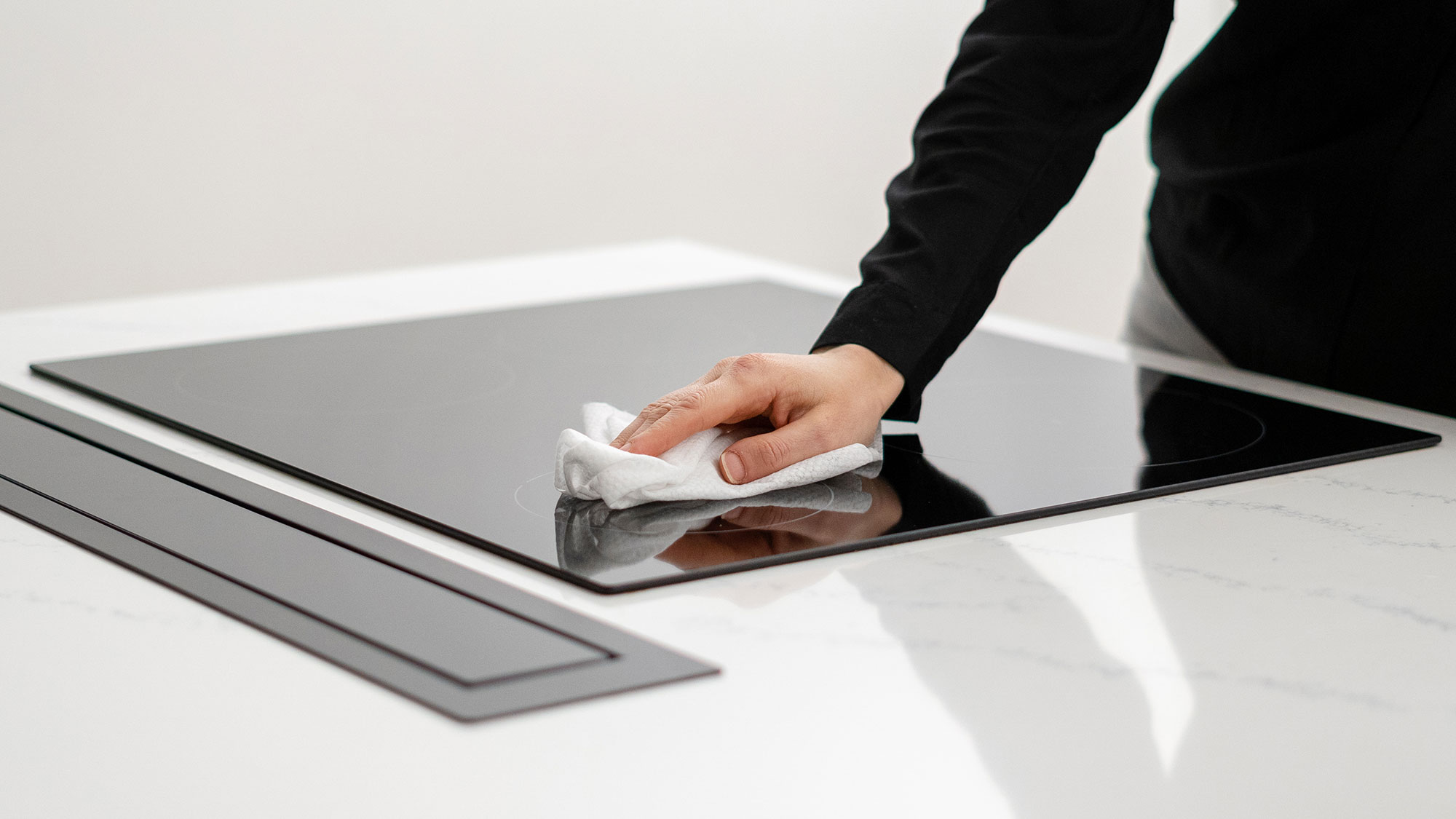
Induction cooktops offer a sleek look and convenient flat cooking surface, but they require special care to maintain their appearance and functionality.
Despite seeming robust, these surfaces are actually quite delicate and susceptible to damage from everyday cooking and cleaning. Many homeowners inadvertently harm their cooktop through habits they don't realize are problematic.
The good news is that protecting your investment doesn't require expensive products or professional help, just awareness of potential issues and simple adjustments to your kitchen routine.
By avoiding these seven common mistakes, you can keep your induction cooktop looking pristine and functioning properly for years to come, preventing costly repairs or replacements down the line.
1. Using abrasive cleaning tools

One of the most common mistakes people make is using harsh scrubbing tools on glass cooktops.
When faced with stubborn, burned-on food, you might instinctively reach for steel wool or the rough side of a kitchen sponge. However, these abrasive materials can create tiny scratches that accumulate over time, permanently damaging the smooth surface.
Even minor scratches can become more noticeable as they collect food particles and grease, making your cooktop appear perpetually dirty despite your cleaning efforts. Instead, always use soft cleaning tools specifically designed for glass surfaces.
Microfiber cloths work exceptionally well for regular cleaning, while specially designed cooktop cleaning pads provide extra cleaning power without scratching.
For particularly stubborn residue, a countertop scraper or plastic spatula can gently lift debris without harming the glass.
2. Not time your cleaning right
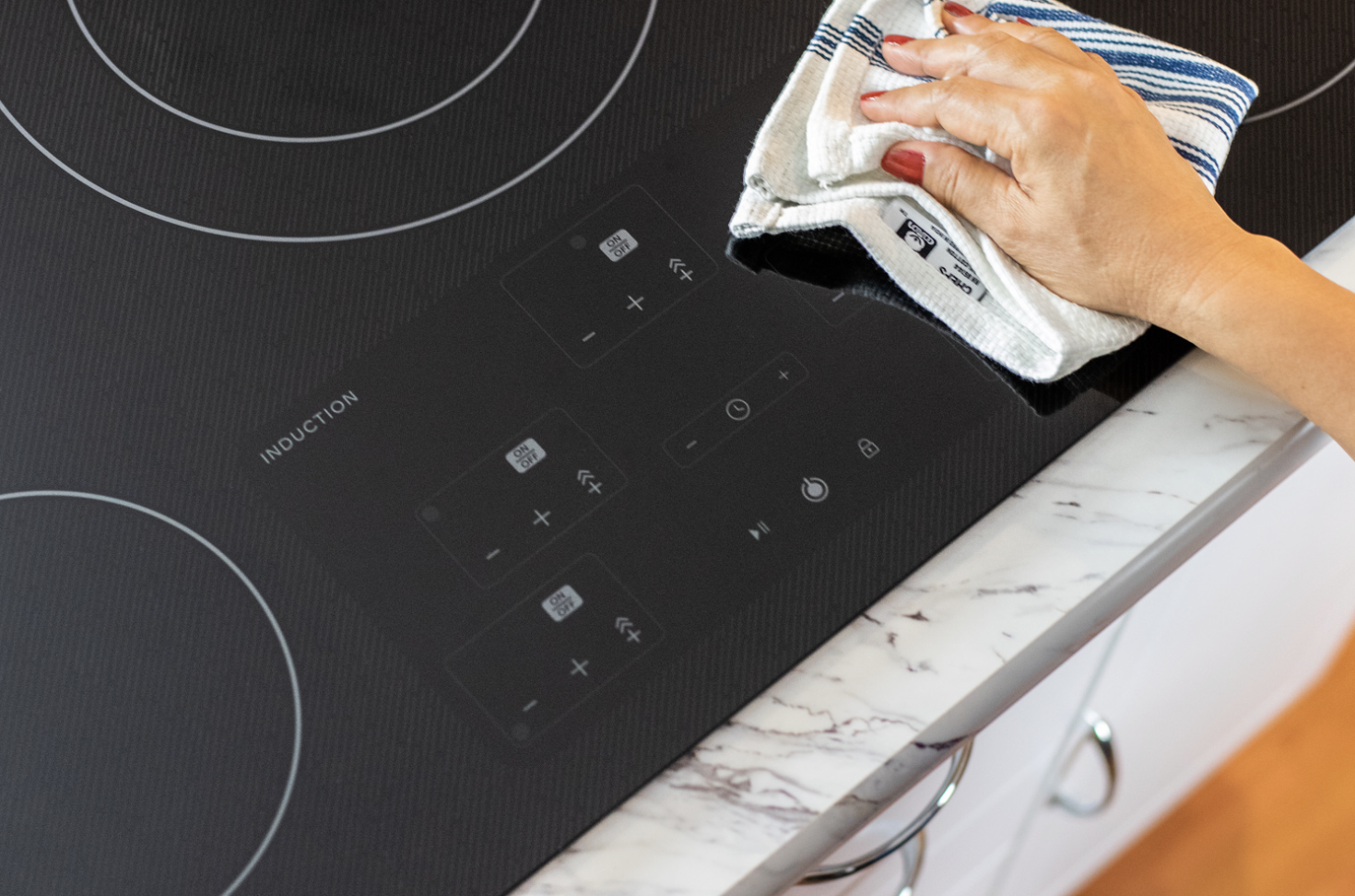
While one of the advantages of induction stoves is that they don't get as hot as electric or gas ranges, cleaning your cooktop while it's still hot is a dangerous mistake that can cause permanent damage.
When cleaning solutions come into contact with hot glass, they can quickly evaporate and leave behind stubborn residue or even burn into the surface, creating stains that are nearly impossible to remove.
Most alarmingly, the sudden temperature change from applying room-temperature or cold cleaning solutions to a hot surface can potentially cause the glass to crack.
Always allow your cooktop to cool completely before cleaning. While it may be tempting to wipe up spills immediately after cooking, limit your immediate cleaning to blotting spills with a dry cloth if the surface is still hot.
For routine cleaning, wait until the heat indicators have turned off and the surface feels cool to the touch before applying any cleaning products.
This patience will protect both your cooktop and potentially your hands from burns.
3. Using the wrong cleaning products
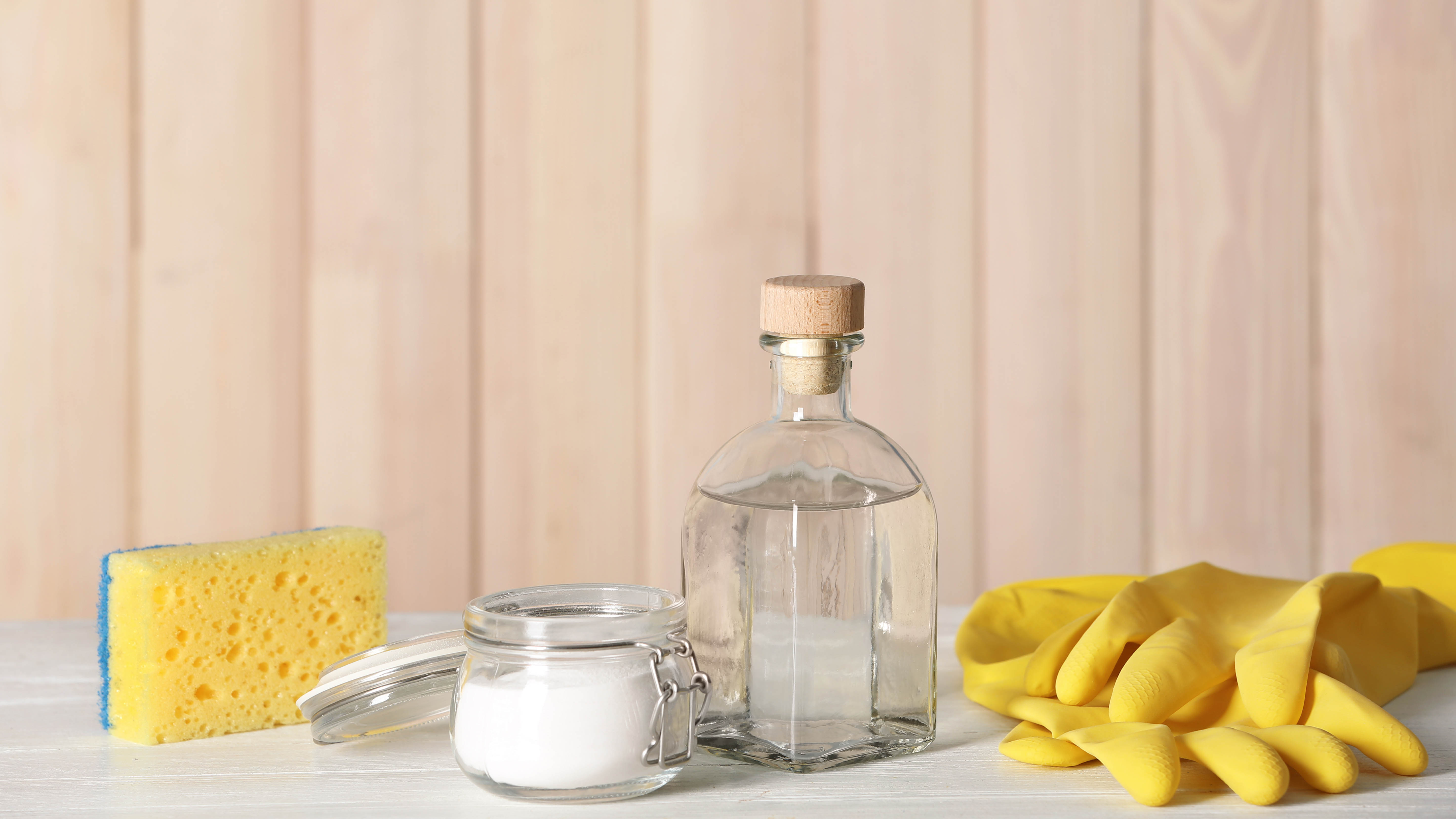
Despite what seems logical, glass cleaners like Windex are actually harmful for induction cooktops
The ammonia in these products is too harsh for the specialized glass-ceramic material and can cause permanent streaking, cloudiness, or discoloration.
If residual cleaner remains when you next use it, it can release ammonia fumes into your kitchen, which are unpleasant to breathe and potentially harmful.
For a more natural approach, white vinegar works well for day-to-day cleaning. Simply spray it on the cooled surface and wipe with a soft cloth.
For deeper cleaning, make a paste with baking soda and water, apply it to problem areas, cover with a damp cloth for 30 minutes, then gently wipe clean.
These gentle yet effective solutions will maintain your cooktop's appearance without compromising its integrity.
You can also use specially formulated cleaning products which are designed to clean without damaging the surface.
Weiman Cook Top Max cleaner paste gives you extra scrubbing power without scratches. It safely removes even the worst, burned-on messes. And it even comes with a multi-action scrubbing pad.
4. Not handling hot cookware properly
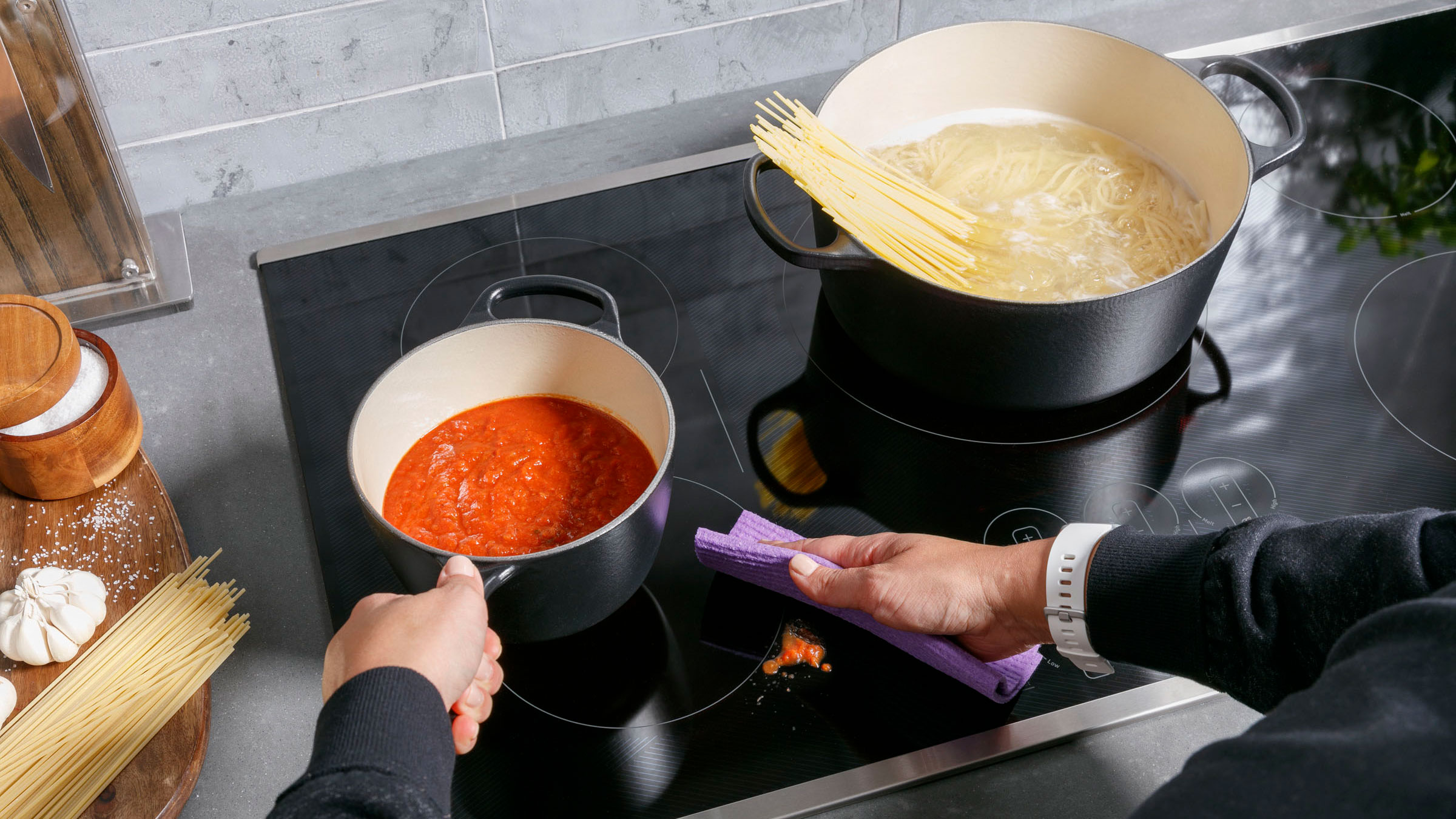
A surprising hazard for cooktops comes from how we handle hot lids and pans. Placing a hot lid face-down directly on the cool glass can create a powerful vacuum seal as the trapped air cools and contracts.
This vacuum effect has been known to create enough pressure to actually crack or shatter the glass surface, an expensive and potentially dangerous situation.
To prevent this issue, always place hot lids on potholders, trivet, or folded kitchen towels instead of directly on the cooktop after use.
This simple habit provides a buffer that prevents the vacuum seal from forming. Also, when moving cookware around, be mindful to lift (never slide) pots and pans.
Even minor dragging of cookware, especially heavy items like cast iron, can create scratches that permanently mar the surface.
5. Being careless with heavy cookware
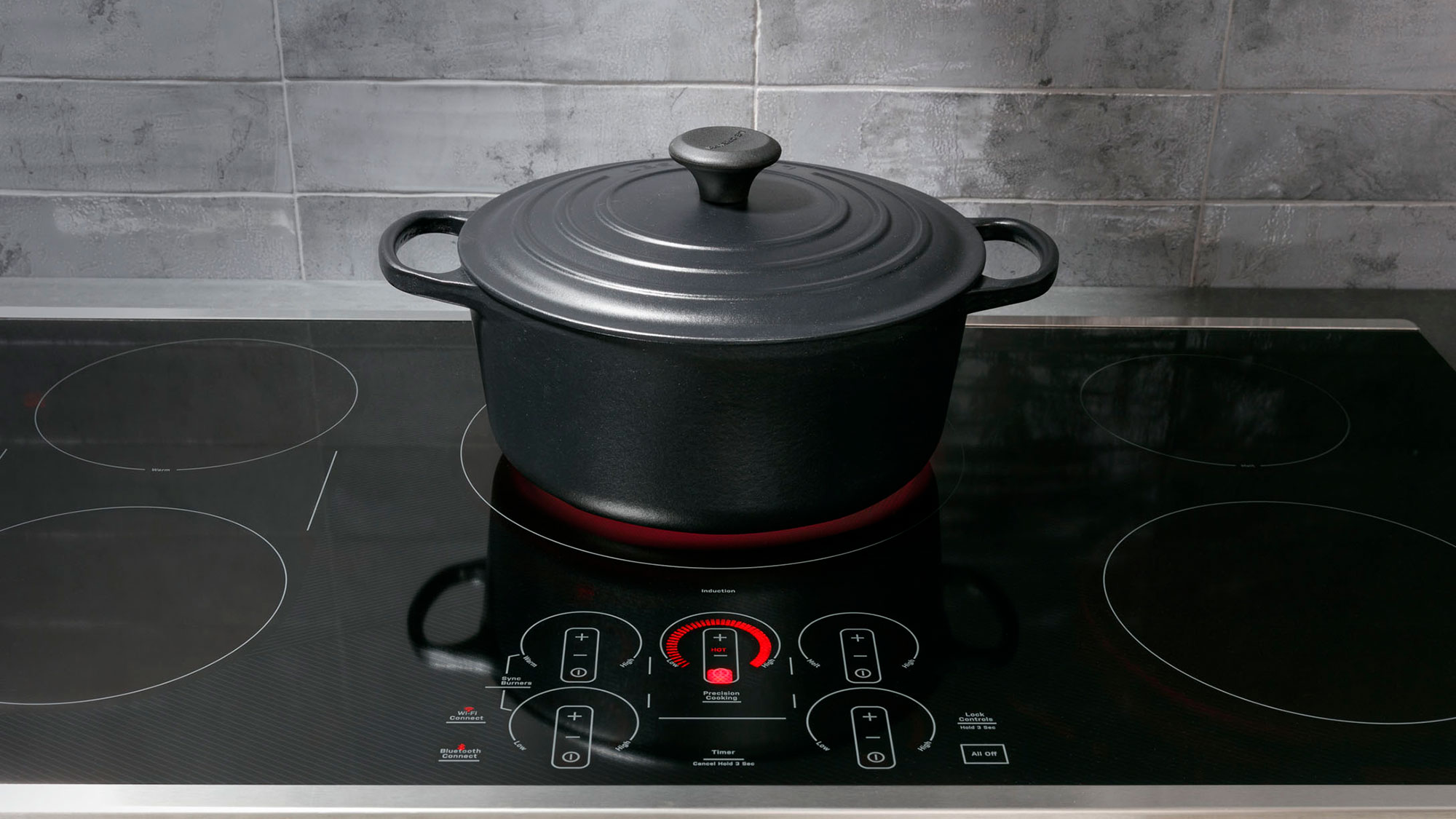
You can use cast iron and other heavy cookware, but you must handle these items with extra care.
The weight and rough bottom surface of cast iron creates a double risk: the potential for scratches if dragged across the glass and the possibility of cracks if dropped even from a short height.
Other heavy items like ceramic Dutch ovens pose similar risks if not handled properly. When using heavy cookware on your cooktop, always lift the item completely off the surface when repositioning it. And never slide cast iron, even slightly, as this can leave permanent scratches.
Also, inspect the bottoms of your pots and pans regularly for roughness or built-up residue that could scratch the cooktop, and keep them clean and smooth.
6. Postponing cleanup
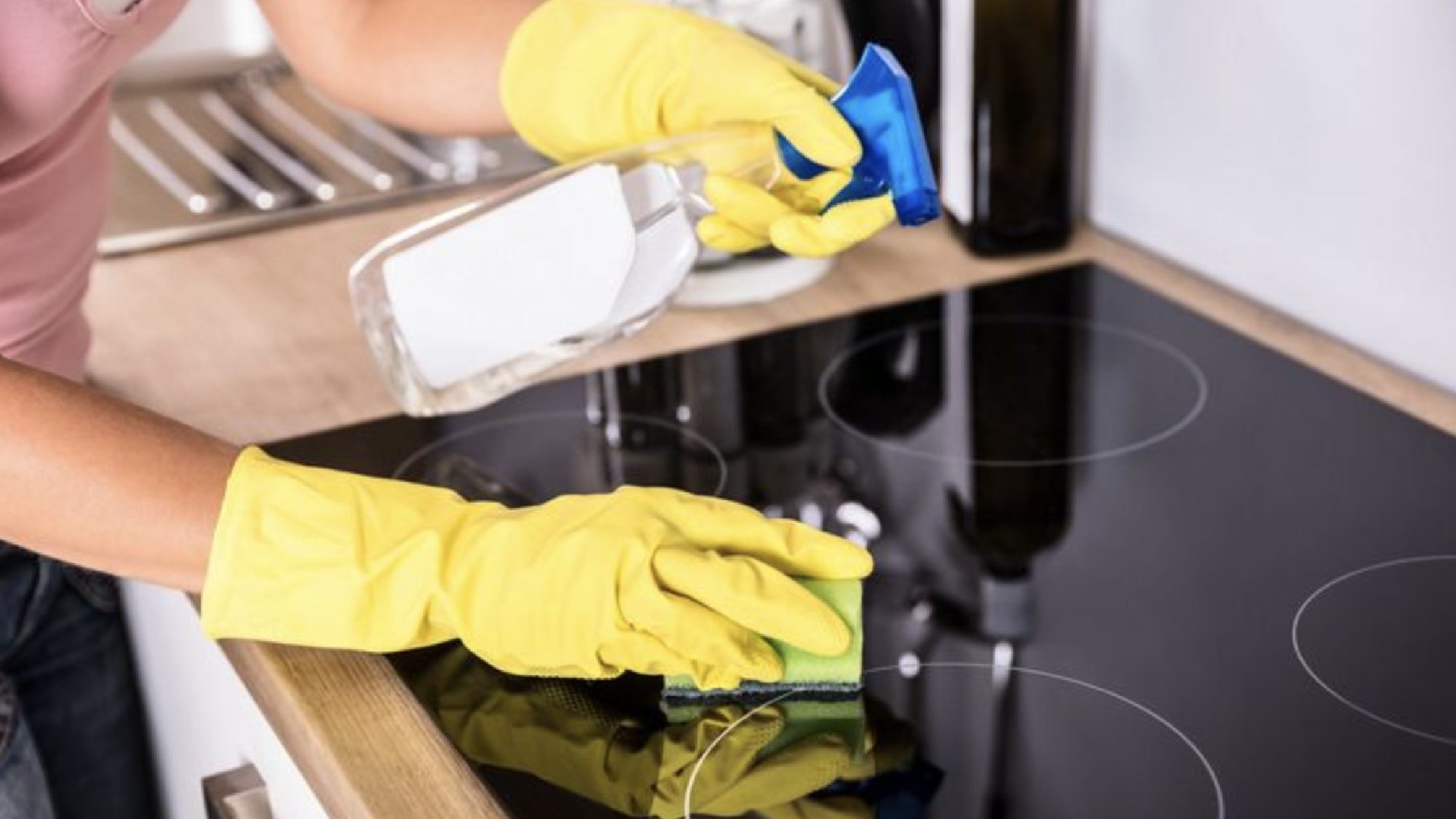
Not cleaning up after cooking can transform minor messes into stubborn, difficult-to-remove residue. When food spills or splatters are left on the surface, particularly sugary or acidic foods, they can bond to the glass over time.
Repeated heating of these residues essentially bakes them onto the surface, requiring much more aggressive cleaning methods that might ultimately damage the surface.
Develop a habit of cleaning your cooktop after each use, once it has completely cooled.
For quick daily maintenance, spray the surface with white vinegar or a designated cooktop cleaner, wipe with a damp microfiber cloth, and buff dry with a second, clean microfiber cloth to prevent water spots.
This routine takes just minutes but prevents the buildup that leads to more intensive cleaning sessions.
7. Questionable cooking habits
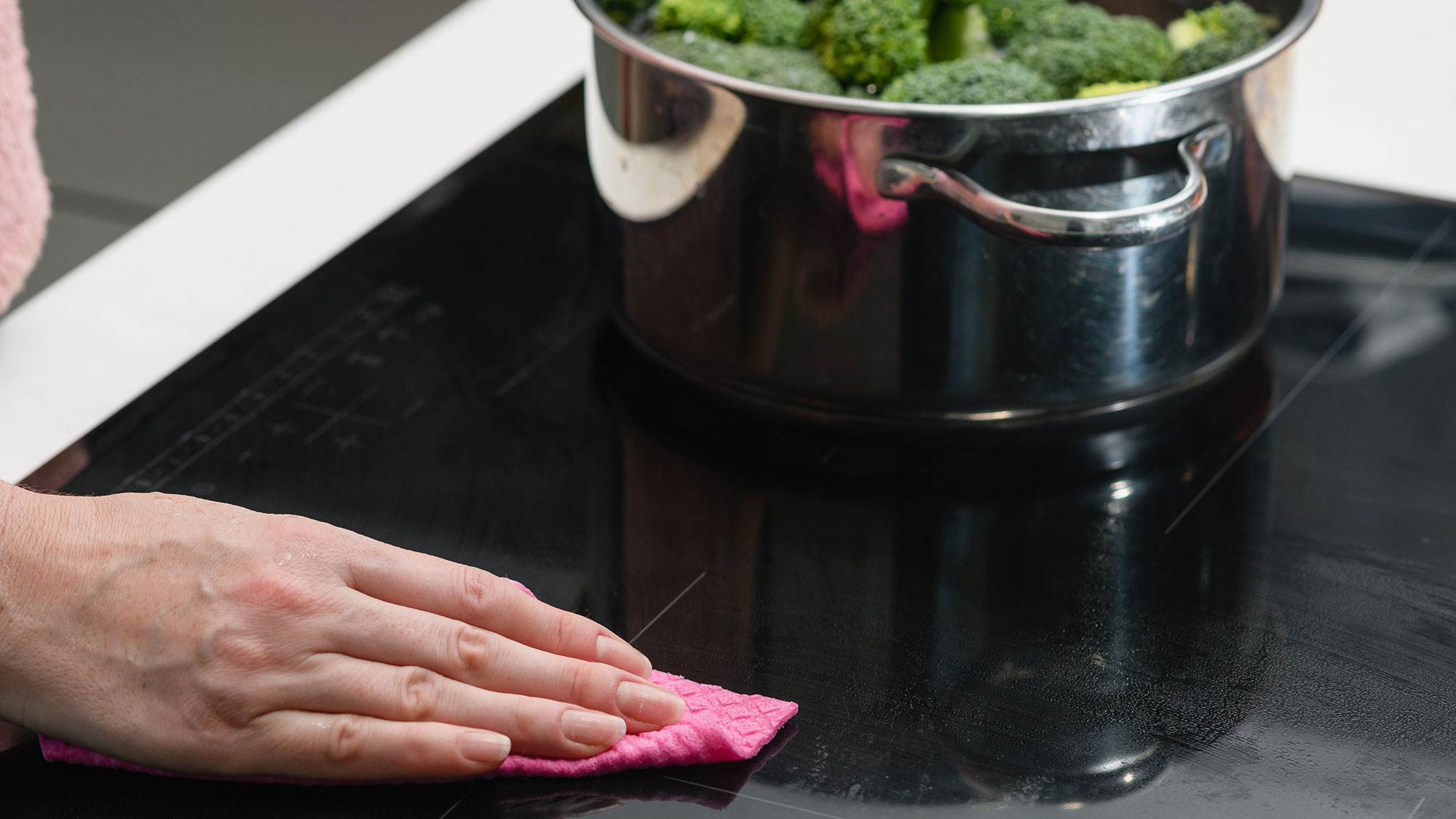
Many cooktop ssues begin before cleaning even starts, with poor habits during cooking itself.
Resting sauce-covered utensils directly on the cooktop creates unnecessary messes, while cooking with pots and pans that have dirty bottoms transfers grease and food particles to the heating surface.
Also using your cooktop as extra counter space for heavy items can exceed its weight limit and potentially lead to cracks.
Establish better cooking practices to protect your appliance. Always use spoon rests or small plates for utensils during cooking, for example.
And before placing any cookware on the burners, check that the bottoms are clean and free from greasy residue or stuck-on food.
Properly maintaining your induction cooktop is crucial for its longevity and performance. As you refine your cleaning routine, you'll want to take a look at 7 steps for a spotless surface.
Check out our guides on what you should never clean with baking soda and how to precent scratches on your glass stove to keep your cooktop functional.
Sign up to get the BEST of Tom's Guide direct to your inbox.
Get instant access to breaking news, the hottest reviews, great deals and helpful tips.

Kaycee is an Editor at Tom’s Guide and has been writing for as long as she can remember. Her journey into the tech world began as Cazoo's Knowledge Content Specialist, igniting her enthusiasm for technology. When she’s not exploring the latest gadgets and innovations, Kaycee can be found immersed in her favorite video games, or penning her second poetry collection.
You must confirm your public display name before commenting
Please logout and then login again, you will then be prompted to enter your display name.
